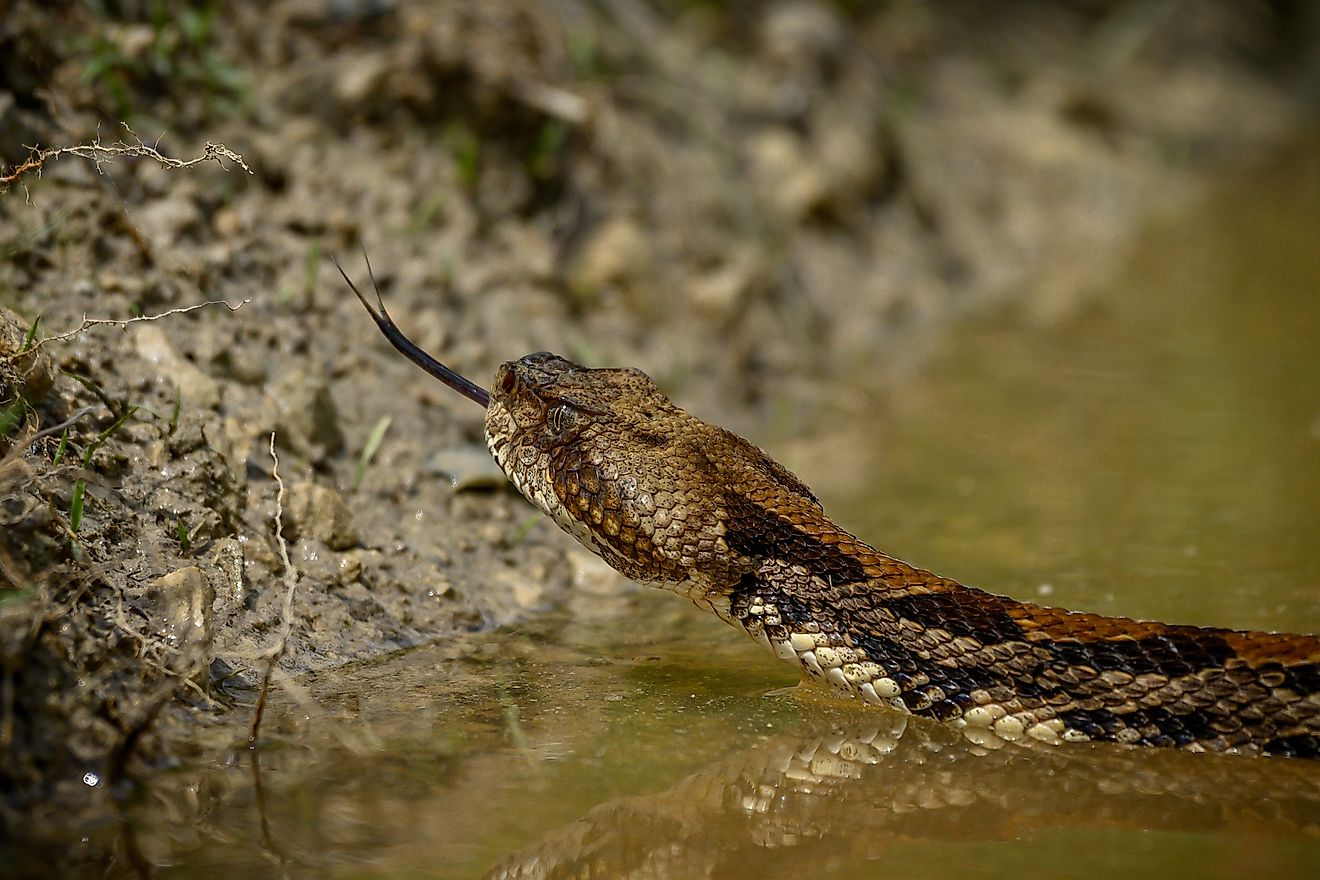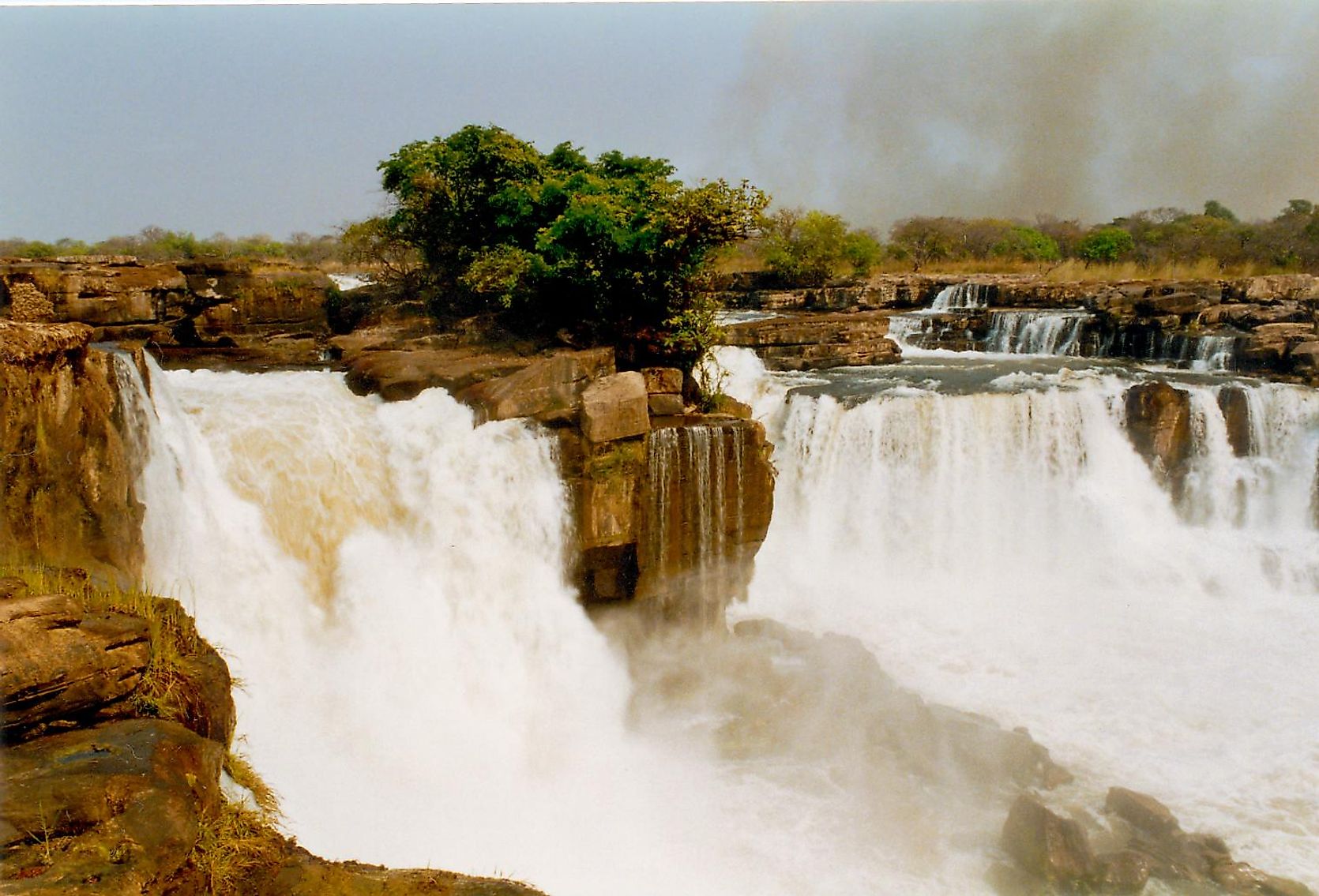
Cuango River
The Cuango River, also called the Kwango, is a transboundary river of the Republic of the Congo and Angola. Widely known as the richest for being the greatest source of natural diamonds in the world, the Cuango River is a lifeline for the people of the Republic of Congo and Angola. It is the largest left-bank tributary of the Kasai River, which is located in the Congo River Basin. The river is vital for agriculture, hydroelectricity, transportation, trade, and economic advancement across the region through which it flows.
Geography
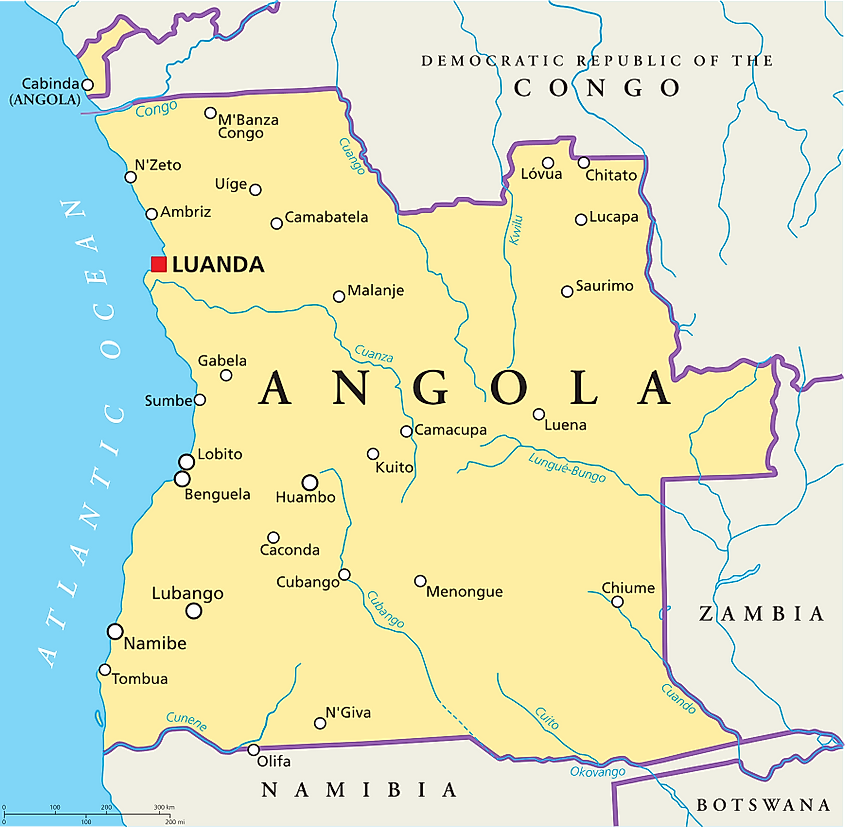
The river measures 1,100 kilometers, or 680 miles from its source point. The majority of this length (some 531 miles) runs through Angola. It runs through the highlands of Alto Chicapa in Lunda Sul, flowing south-north-west until it joins the Kasai River near Bandundu, where it runs along the border between the Congo and Angola for roughly 300 miles or 480 km. It also has two major right bank tributaries, the Wamba and Kwill Rivers. The river drains a catchment area of 101,700 square miles and has various sections of rapids and waterfalls, making it highly difficult to navigate in some areas.
Climate
The Cuango River area has a damp tropical climate. The Lunda-Norte province, which the river cuts through, experiences humid and warm sub-equatorial climates. The average annual temperature ranges between 10º and 25ºc. The region also averages rainfall of around 1,500 to 2,000 mm each year in the Congo Basin alone.
Flora And Fauna
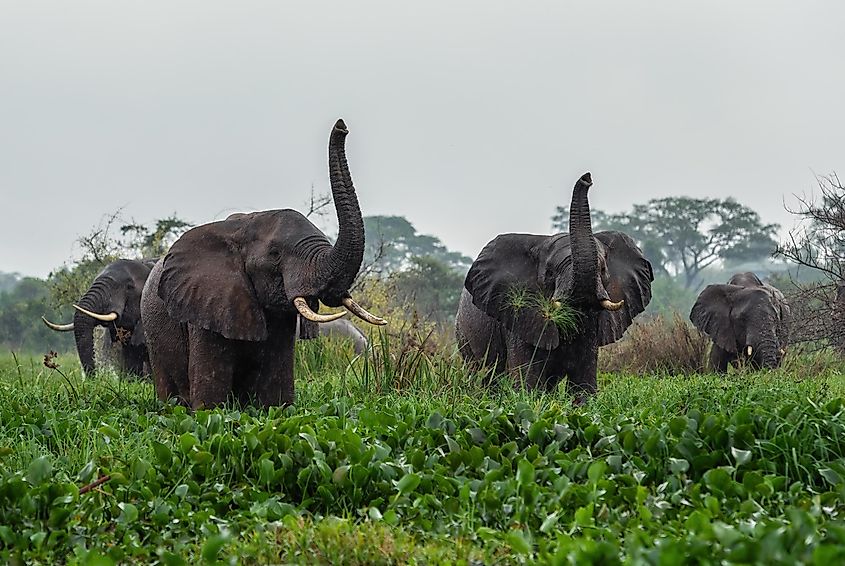
The Kwango River and surrounding area is a green landscape. Passing by both Reserva Especial de Milando and the Reserva de Chase Swa Kabula, there are large expanses of natural land and wildlife. The Kwango River basin region is mainly rainforests mixed with grasslands. The river itself has an abundance of fish, claiming some 97 different species in its waters. Water snakes, crocodiles, and turtles are also found in the river system, while the surrounding forests and grasslands can be home to a range of animals, including chimpanzees, gorillas, bonobos, and elephants.
History And Culture
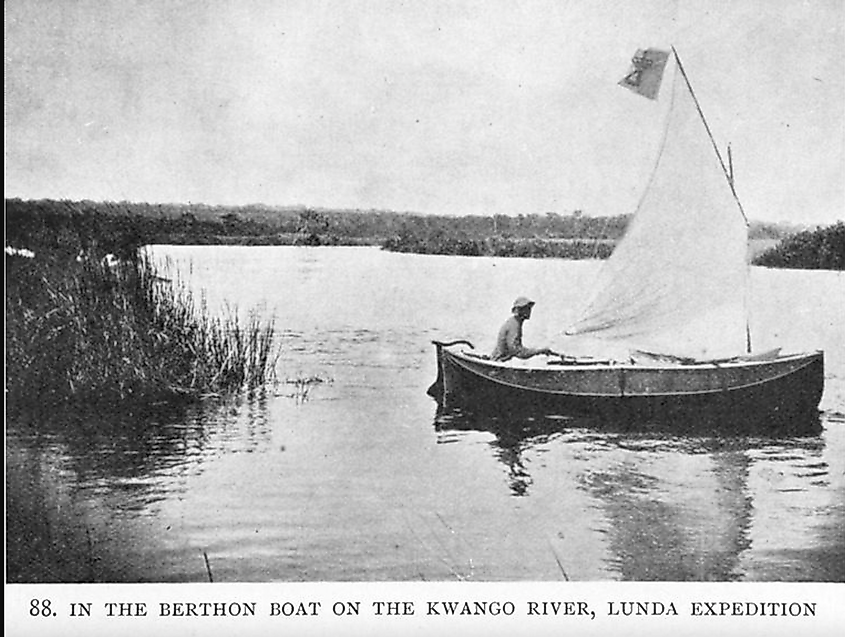
The Kwango River area is known for being home to the Kingdom of Lund. As the Lunda Valley expanded, so did the large slave trade economy, which was central to the Lund people’s livelihoods. This resulted in a low population density in the region between the Kwango and Kir River. In 1891, the Kwango River Valley was later colonized by the Portuguese. Currently, the river valley is home to the Yaka, Suk, Mbala, and Pende tribes. These people are known for distinct geometric masks, sculptures, and carved figures, which can be found throughout the area.
The Kwango And Diamond Mining
The Kwango River and river basin, particularly in the province of Lunda Norte, is known for its rich abundance of diamonds. It is the most diamond-rich area in Angola and has been the center of much interest and turmoil over the years. Lunda-Norte and Lund-Sul have a large number of diamond mines - the most in the country - and the region has an extensive Exploration Permit spanning some 1,340 miles (or 2,150 km) between Tembo and Kasonga along the Kwango River, and in the watersheds of the Jinzi and Tazua rivers.
The area was also significant during the Angolan Civil War, and both the Independent State of Angola and the government forces attempted to gain control of the area. Possession of the city was given over to the government in 1997 per the Lusaka Protocol. The development in the area has impacted the natural landscape of the river. Fishing is still a prominent economy for the area. However, only subsistence farming is sustainable in the valley. The area is also known for producing rubber and palm oil, both of which are heavily associated with deforestation and non-sustainable practices.

The production of palm oil, along with the diamond industry, has brought much turmoil to the area both in terms of destroying the natural landscape and causing corruption and violence. The Angolan Diamond sector is fraught with corruption. Powers fighting over the capture of the diamond pipelines have caused strife, as has the mispricing of diamonds. The industry has also brought about human rights abuses. Reforms and structures have been put in place to try and combat these issues, including traceability protocols, higher standards, and restructuring of the political economy. Foreign investment has also been a motivator, and reform has been pushed to attract more buyers and investors to the industry and area more generally.
Thus, the Kwango River is a vital natural resource for the countries through which it flows. However, the overexploitation of its mineral wealth threatens its ecological richness, which, in turn, could have disastrous consequences on the lives and livelihoods of the people dependent on the river. The conservation and wise use of the Kwango River is necessary for the long-term benefit of the people who call its basin home.
